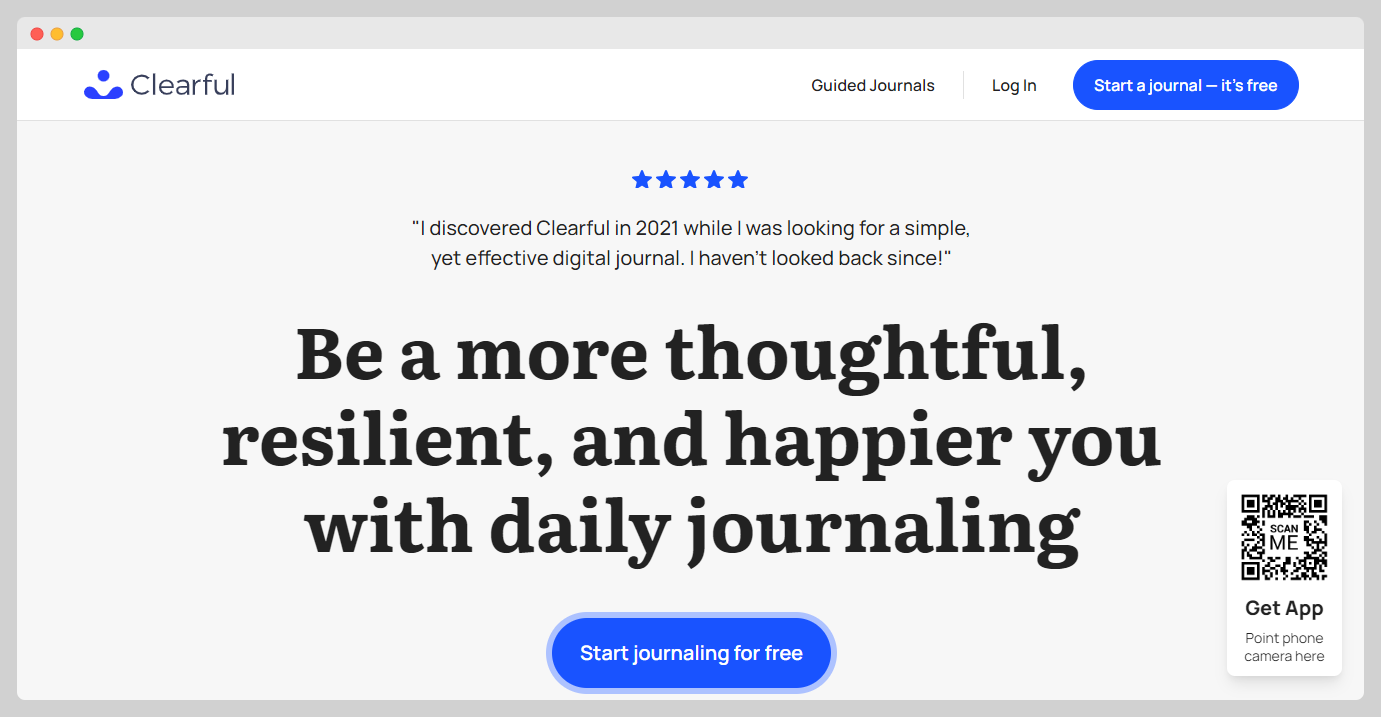How Two Entrepreneurs Grew a Simple Journaling App Amidst Intense Competition
Who is Maria Golikova?
Maria Golikova is a Vancouver-based entrepreneur who co-founded Clearful and previously co-founded Mealime, a successful meal planning app, before it was acquired. Jeffrey Bunn, her partner and husband, transitioned from a non-technical role to become the primary developer for their ventures, including Clearful.
What problem does Clearful solve?
Clearful helps people organize their thoughts and enhance their self-awareness through guided journaling, making introspection accessible and rewarding in our fast-paced world.

How did Maria come up with the idea for Clearful?
Maria and Jeffrey, co-founders of Clearful, were inspired by their personal experiences with journaling. Maria found introspection through journaling to be profoundly beneficial, helping her gain self-awareness and satisfaction. Her desire to create an...
Disclaimer: The initial draft of this article was compiled by the Starter Story team based on publicly available interviews, podcasts, and other content from the founder. See the sources we used here.

Download the report and join our email newsletter packed with business ideas and money-making opportunities, backed by real-life case studies.

Download the report and join our email newsletter packed with business ideas and money-making opportunities, backed by real-life case studies.

Download the report and join our email newsletter packed with business ideas and money-making opportunities, backed by real-life case studies.

Download the report and join our email newsletter packed with business ideas and money-making opportunities, backed by real-life case studies.

Download the report and join our email newsletter packed with business ideas and money-making opportunities, backed by real-life case studies.

Download the report and join our email newsletter packed with business ideas and money-making opportunities, backed by real-life case studies.

Download the report and join our email newsletter packed with business ideas and money-making opportunities, backed by real-life case studies.

Download the report and join our email newsletter packed with business ideas and money-making opportunities, backed by real-life case studies.















